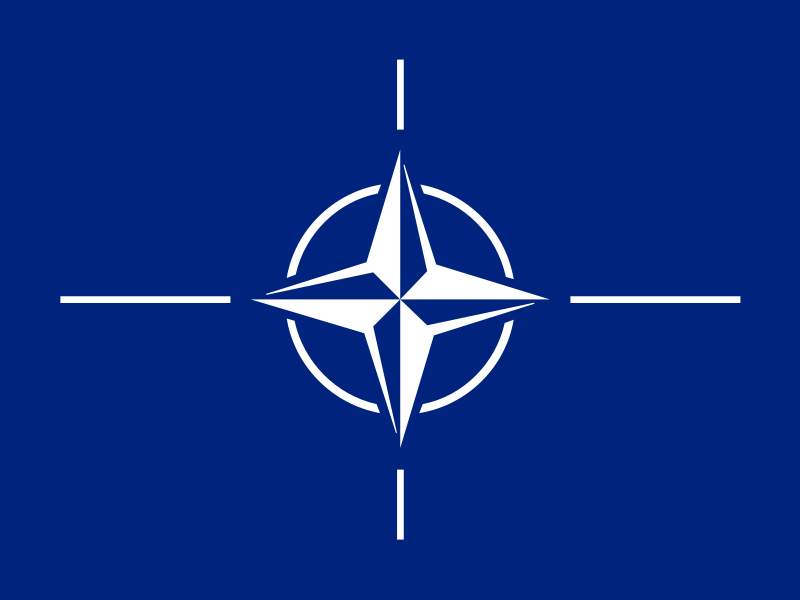Earlier this month, I spent a week at NATO with eight other bloggers, attending briefings on issues as varied as the mission in Afghanistan and cyber security. Unfortunately, most of those briefings –the interesting ones in particular– were on background only, but here’s a round-up of what struck me as most relevant to the issues Dispatch readers follow.
On the security transition in Afghanistan: Having lived and traveled widely in Afghanistan in 2010 and 2011, I have serious concerns about the Afghan National Police and Afghan National Army — as do most Afghans.
Senior NATO officials believe that the Afghan security forces are making sufficient progress to meet or even exceed the requirements of the transition schedule, though some admit that the Afghan National Police are lagging behind the Afghan National Army in preparedness to assume full responsibility for security in the country.
Still, the transition must move forward on or ahead of schedule, officials insisted during briefings. By mid 2013, the Afghan security forces will be in control of the entire country, with international forces responsible for training and assisting their Afghan counterparts but no longer leading combat operations.
Details of the post-2013 role of international forces were discussed in closed-door sessions at the NATO defense ministerial and will be finalized at the NATO summit in Chicago in May.
On the protection of civilians in Afghanistan: 2010 and 2011 were especially bloody years for Afghan civilians, with thousands killed and maimed, primarily by the Taliban and other militant groups and allegations of serious human rights violations levelled at pro-government Afghan militias.
While I was at NATO, I asked about how the NATO-led International Security Assistance Force was working with the Afghan security forces to promote the protection of civilians and create mechanisms for investigations and compensation following incidents in which civilians are harmed.
NATO officials explained that Afghan forces were being trained to adhere to the laws of war, but they also admitted that ISAF trainers believe Afghan forces will be less careful than their foreign counterparts in avoiding killing civilians, especially as they take the lead in more combat operations.
Grim new UN statistics support that assessment. According to a report recently released by the UN Assistance Mission in Afghanistan, the number of civilian deaths attributed to the actions of the Afghan security forces increased by a whopping 200 percent in 2011 compared to the previous year.
On the Libya mission and the future of NATO interventions: Although I had followed the run-up to the Libya intervention closely (I had friends stranded in Benghazi, which made the policy questions surrounding NATO’s involvement personal), I didn’t know that NATO had engaged in an unprecedented degree of communication with civilian organizations to prevent the inadvertent targeting and killing UN personnel, diplomats, and aid workers. This intrigued me.
NATO officials explained that, through what they called a “de-confliction system,” diplomatic delegations, UN agencies, NGOs and the International Committee of the Red Cross notified an unclassified NATO contact point in Italy of where their personnel would be in Libya, and NATO adjusted the execution of its air strikes accordingly.
Compared to similar historical air campaigns, the Libya campaign caused relatively few civilian casualties. This is a point humanitarian and human rights groups on the ground agree on.
However, NATO officials insisted that there are zero “verified” cases of NATO-inflicted civilian deaths. Semantically, that’s true –because NATO has so far refused to carry out on-the-ground investigations into alleged civilian casualty incidents. The Alliance did submit a report to the UN’s Libya Commission, but human rights advocates continue to stress that warring parties have a responsibility to carry out their own investigations and follow up with compensation to harmed civilians.
US Ambassador Ivo Daalder, during an on-the-record briefing, called the Libya operation “a model of how NATO can enable collective action,” on threats to international peace and security. Later, when asked how the Libya precedent might affect the Alliance’s approach to Syria, other officials strongly emphasized that NATO will not carry out any military operation in the Middle East of North Africa without a Security Council mandate.
But then, when pressed further by one blogger’s question as to whether NATO would ever consider taking future military action against large-scale atrocities in the MENA region without a Security Council resolution, officials told our group that every new situation would be considered individually, and that they could not make statements about thresholds.
